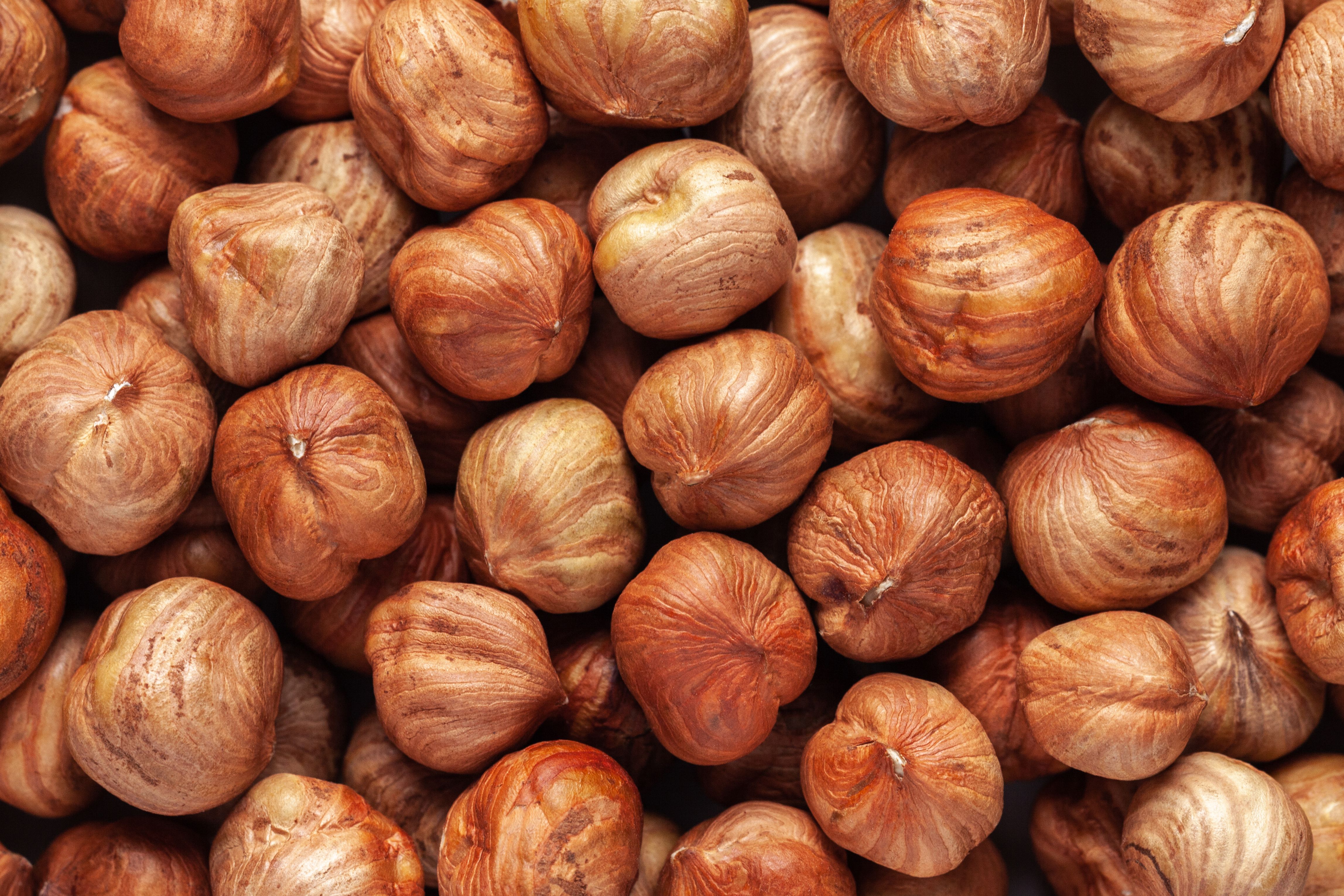New Spectroscopic Study Examines Hazelnut Authentication Methods
A new study published in Spectrochimica Acta Part A: Molecular and Biomolecular Spectroscopy demonstrates that near infrared (NIR) spectroscopy is a highly accurate and reliable method for authenticating hazelnut cultivars and geographical origins.
A recent study investigated the performance of three spectroscopic techniques when used for authenticating hazelnut cultivars. The three techniques tested were near-infrared (NIR), handheld near-infrared (hNIR), and mid-infrared (MIR) spectroscopy. This study, published in Spectrochimica Acta Part A: Molecular and Biomolecular Spectroscopy, wasled by S. Vichi from the Universitat de Barcelona in collaboration with the Institute of Agrifood Research and Technology (IRTA) and the Walloon Agricultural Research Centre (1).
Hazelnuts, like other nuts, are popular commodities on the global market. Because of their high lipid content and high protein content, hazelnuts possess various health benefits (2). Hazelnuts are also used in the cosmetic industry (2). Apart from being a food item, hazelnuts are used to make many soaps, creams, and massage oils that are used around the world (2).
Hazelnut background. Peeled hazelnut kernels | Image Credit: © Svetlana - stock.adobe.com

The global hazelnut market was projected to be approximately $554 million in 2025 (2). Because of the tangible benefits hazelnuts offer, the overall market is expected to grow. By 2030, the hazelnut market is projected to be approximately $817 million (2). Currently, the hazelnut market faces challenges because of frequent price fluctuations based on cultivar and origin, making it vulnerable to counterfeiting and mislabeling (1). To address this issue, Vichi and colleagues examined over 300 hazelnut samples from various origins, cultivars, and harvest years, aiming to develop a precise method for distinguishing hazelnuts based on these attributes (1).
The research team employed spectroscopic fingerprinting to construct and externally validate partial least squares–discriminant analysis (PLS-DA) classification models. Their findings demonstrated high classification accuracy for both cultivar and origin, with significant differences among the three techniques (1).
The research team found that benchtop NIR and MIR spectroscopy was better than hNIR spectroscopy at authenticating hazelnuts. NIR and MIR spectroscopy achieved over 93% accuracy in classifying hazelnuts by geographical origin and cultivar, with NIR slightly outperforming MIR in geographic distinctions (1). Although the hNIR device effectively distinguished cultivars, its ability to differentiate geographical origins was hindered by lower sensitivity (1).
Among the techniques applied to ground samples, benchtop NIR spectroscopy proved to be the most effective, achieving a sensitivity of 0.92 and a specificity of 0.98 for cultivar classification, along with an impressive classification accuracy of at least 91% for geographical origin (1).
Further analysis of regression coefficients in the MIR and NIR models suggested that hazelnut differentiation was primarily influenced by protein and lipid composition (1). This insight highlights the potential of these spectroscopic techniques in ensuring authenticity and quality control within the food industry.
By establishing NIR as a fast and reliable tool for authentication, the research offers valuable guidance for future food authenticity studies (1). The findings could impact the food industry, particularly in combating fraud, protecting regional branding, and ensuring consumer trust in labeled products.
However, the researchers acknowledge some limitations with this study. The team discussed how future studies should look at including a broader range of hazelnut cultivars (1). Besides expanding the coverage of hazelnut cultivars, the research team mentioned that future studies could expand the amount of producing regions to study, as well as look at multiple harvest years (1).
With increasing concerns over food authenticity and traceability, this study sets a precedent for leveraging advanced spectroscopic techniques to safeguard the integrity of agricultural products. The application of these methods in the hazelnut sector could serve as a model for similar authentication challenges across the global food market (1).
References
- Torres-Cobos, B.; Tres, A.; Vichi, S.; et al. Comparative Analysis of Spectroscopic Methods for Rapid Authentication of Hazelnut Cultivar and Origin. Spectrochimica Acta Part A: Mol. Biomol. Spectrosc. 2025, 326, 125367. DOI: 10.1016/j.saa.2024.125367
- Mordor Intelligence, Hazelnut Market Size & Share Analysis - Growth Trends & Forecasts (2025 - 2030). Mordor Intelligence. Available at: https://www.mordorintelligence.com/industry-reports/global-hazelnut-market
Smarter Sensors, Cleaner Earth Using AI and IoT for Pollution Monitoring
April 22nd 2025A global research team has detailed how smart sensors, artificial intelligence (AI), machine learning, and Internet of Things (IoT) technologies are transforming the detection and management of environmental pollutants. Their comprehensive review highlights how spectroscopy and sensor networks are now key tools in real-time pollution tracking.
New AI Strategy for Mycotoxin Detection in Cereal Grains
April 21st 2025Researchers from Jiangsu University and Zhejiang University of Water Resources and Electric Power have developed a transfer learning approach that significantly enhances the accuracy and adaptability of NIR spectroscopy models for detecting mycotoxins in cereals.
Karl Norris: A Pioneer in Optical Measurements and Near-Infrared Spectroscopy, Part II
April 21st 2025In this two-part "Icons of Spectroscopy" column, executive editor Jerome Workman Jr. details how Karl H. Norris has impacted the analysis of food, agricultural products, and pharmaceuticals over six decades. His pioneering work in optical analysis methods including his development and refinement of near-infrared spectroscopy, has transformed analysis technology. In this Part II article of a two-part series, we summarize Norris’ foundational publications in NIR, his patents, achievements, and legacy.
Karl Norris: A Pioneer in Optical Measurements and Near-Infrared Spectroscopy, Part I
April 15th 2025In this "Icons of Spectroscopy" column, executive editor Jerome Workman Jr. details how Karl H. Norris has impacted the analysis of food, agricultural products, and pharmaceuticals over six decades. His pioneering work in optical analysis methods including his development and refinement of near-infrared (NIR) spectroscopy has transformed analysis technology. This Part I article of a two-part series introduces Norris’ contributions to NIR.